How to make the move from ISDN to SIP: Part 3
Moving from ISDN to SIP: the key steps you need to take
Step one: scoping the job
Work with your communications provider to find out what the move will look like for your business. This may be a wholesale switch in one move, a phased branch by branch transition, or even floor by floor. SIP can work alongside ISDN, so the switch needn’t be fraught with the panic of turning one system off and another on at the same time. Costing will also be included within this part of the process.
During this period there should be little or no disturbance to your business. And any tests or checks can be carried out in a controlled environment.
Step two: audit the current system
A big part of the process from the customer end will be auditing current infrastructure and network capacity. Essentially, the provider needs this information in order to understand the optimum service provision required to meet business demands. This can include the available bandwidth on the existing data connectivity, to decide if additional or dedicated connections are required to carry voice traffic. As with any audit, it will be a case of check and check again to ensure everything is accounted for.
Step three: installing the new system
With the project scoped and budgeted, the next step will be to begin installation. As SIP trunking comes with less physical infrastructure than ISDN, you will notice a substantial change in what has to be stored and maintained on site. Also, because SIP can work alongside ISDN whilst the installation is taking place, there should not be any real disturbance to your business systems during this stage of the process.
Step four: testing and checking
Unlike ISDN, a modern SIP-based phone system can integrate with business applications including Skype for Business. It also comes with built-in resilience and business continuity features. Each of these will be tested thoroughly before anything goes live to ensure the new system is working as expected. The IT department may find itself a little busier than usual during this period. But workers, at large, shouldn’t notice a thing as your provider checks your new system.
Step five: go live
Time to turn the new system on. With all the checks done and continuity provisions in place, this stage should be less uncertain than it may first sound. Depending on your initial plan, the ‘go live’ could happen in one month, one day or one hour. The important thing is to note that if steps one to four have been completed correctly, step five should go smoothly.
For modern businesses, there is no longer a good reason to continue working with an ISDN-based telecommunications solution. With the cost saving potential of SIP trunking, as well as its resilience and reliability, it is the common sense option for any organisation looking to be truly always on, and to provide customers with a first class experience.
As this 3 part guide from GHM Care demonstrates, the benefits of moving to SIP trunking can transform business communications and the process of switching is simple and safe, even for the most risk averse of businesses.
GHM Care provides business wifi and telephone systems for residential care homes and groups. We’re always happy to give our advice on any queries you might have, call for an informal chat at any time.
